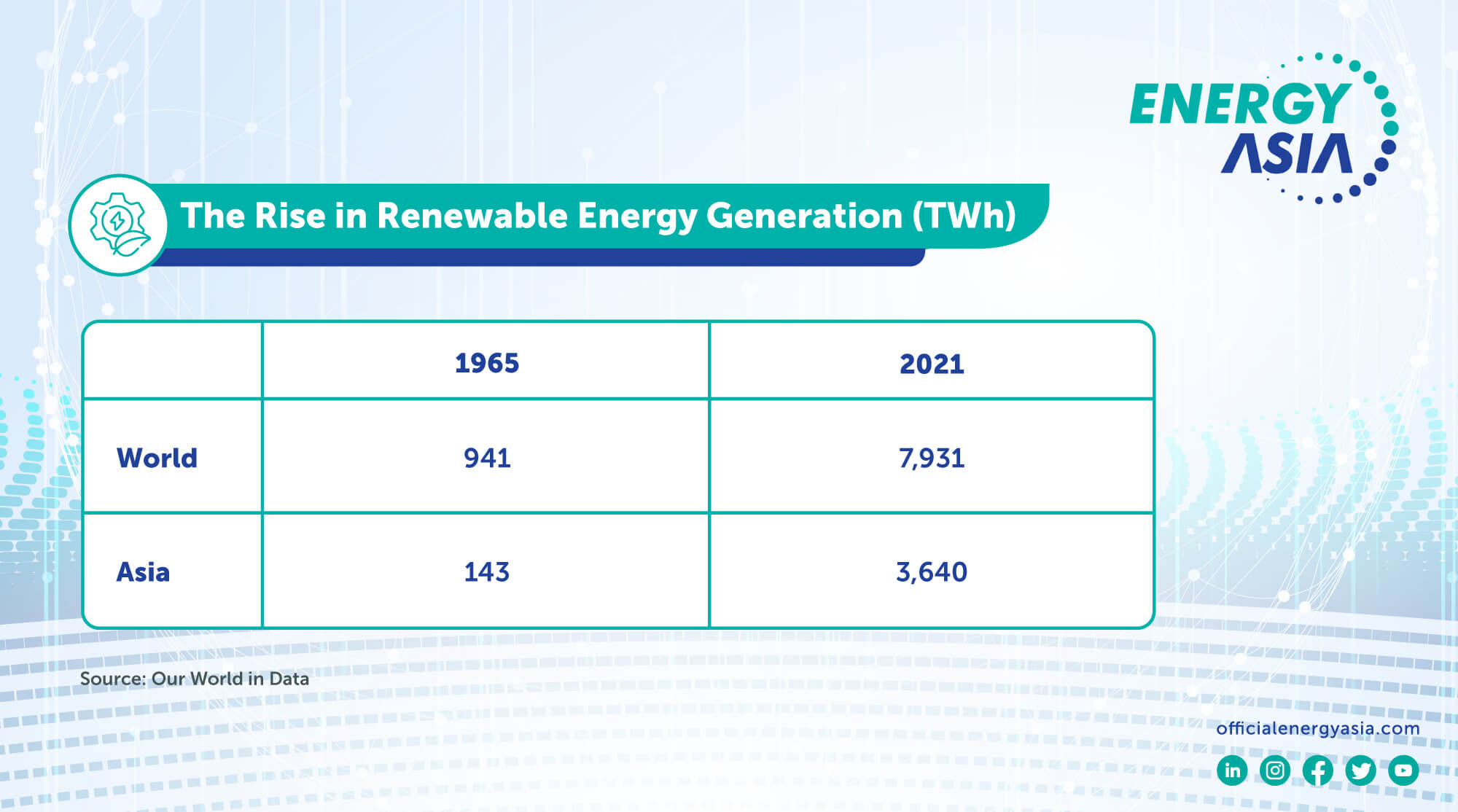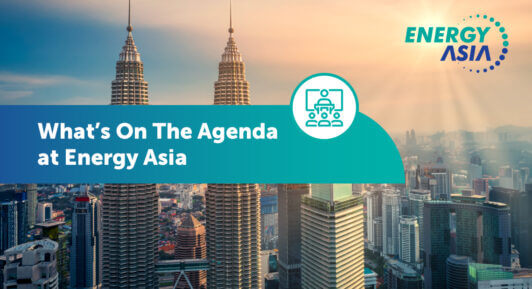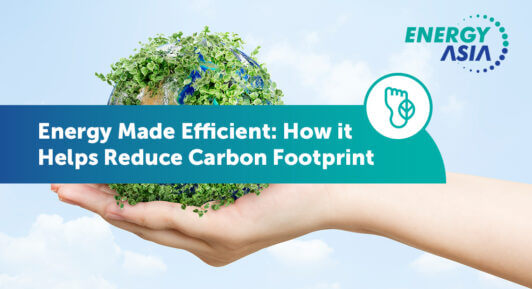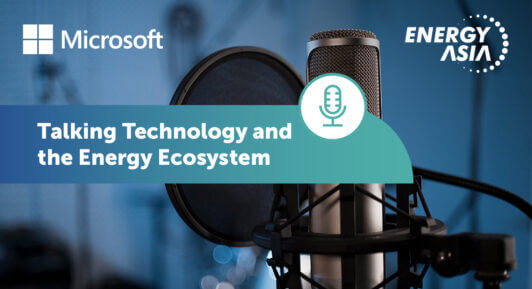Driving a Net-Zero Carbon Future with Energy Innovation
Energy innovation is transforming how the world consumes energy, with sophisticated use of renewable energy sources. This continued technological evolution will be pivotal in ensuring a shared net-zero carbon future.
The pace of this transformation has become increasingly urgent in recent years, as societies and economies around the globe recognise the rapidly approaching cliff-edge of a shared climate crisis. The latest IPCC report makes clear that urgent action to decarbonise is now critical if we’re to mitigate the worst impacts of climate change.
While the warnings are stark, the last few decades offer some encouraging signs. Renewable energy is now a mainstay of power production in many markets across the world, creating a synergistic ecosystem driven by falling costs, advancing efficiencies, deepening government support, and a growing public awareness of the environmental benefits of these zero-carbon energy sources.
As we look ahead to Energy Asia and the goal of charting pathways for a sustainable Asia, let’s reflect on how inspiring energy innovation provides a powerful platform for change in our modern energy landscape.

Renewables on the rise
Renewable energy generation has increased dramatically over the past half-century, as falling investment costs and increasing commitment by decision makers and energy companies have driven forward adoption.
The world generated less than 1,000 terawatt hours (TWh) of renewable energy as of 1965, with ~95% of that capacity generated by large-scale hydropower. Fast forward to the modern day, and the remarkable transformation of our energy landscape sees the world generating almost 8,000 TWh of renewable energy, with an increasingly diversified landscape that includes rapidly expanding wind and solar energy generation.
Progress over the last decade has been particularly compelling for solar and wind energy generation, rising from 66 TWh and 440TWh respectively in 2011 to an impressive 763 TWh and 1,862 TWh by 2021.
This expanding renewables landscape is a vital part of the energy transition, and one which offers an important platform for global efforts to reduce carbon emissions while maintaining the affordable, sustainable energy that’s so vital to a fit-for-purpose energy landscape.
Innovations continues to inspire
The last decade of progress clearly demonstrates that energy innovation isn’t standing still, and increasingly innovative solutions are being delivered to further improve our energy landscape.
Falling costs of solar and wind energy, backed by maturing industry, are leading to ever-more sophisticated deployment solutions. Nations like Singapore are exploring innovative solutions to low-carbon power generation with solutions such as floating solar technology, as well as interconnected renewable energy imports with innovative trading agreements.
Markets across Asia continue to pioneer exciting renewable energy opportunities. India increased its rooftop solar capacity by 60% in the year to March 2023, reaching 3.2GW. Vietnam is banking on its big wind power potential, with targets to expand wind capacity by up to 87 GW by 2050, building on strong early foundations.
Alongside these continued innovations in wind and solar power, scientists and industry researchers continue to explore fascinating opportunities in the wider energy landscape, including evolving electric vehicle (EV) technologies, carbon capture utilisation and storage, and hydrogen power. The future of energy is one of innovation and opportunities.
Inspiring a journey in Asia
Asia is at the forefront of this global opportunity, and a pivotal crossroads in the shared global energy journey. Over the last half-century, renewable energy generation in Asia skyrocketed from just 143 TWh in 1965 to 3,640 TWh by 2021, showing the significant progress of energy generation across the region.
With expanding populations, growing affluence in low and middle-income countries, and significant global shifts in economic activity, Asia’s energy innovation will be vital to the future of a low-carbon future. That’s why Energy Asia is located at the crossroads of Asia, taking place in Kuala Lumpur on 26 to 28 June 2023.
The inaugural edition of this annual conference is designed to forward the region’s net-zero ambitions by bringing together policy makers, industry captains and energy professionals to deliver actionable solutions for a just and responsible energy transition.
Energy Asia will look to catalyse a comprehensive ecosystem to enhance the attractiveness of the region as a low-carbon investment and innovation hub, energising clean technology deployment. It will look to deliver best-in-class technologies and innovation solutions to deliver a just transition through intra- and inter-regional collaboration, putting partnership at the heart of energy opportunities.
Innovation and collaboration are shared pillars of our global energy transition, and Energy Asia is where those conversations can, and must, take place. Are you ready to join us?
Find Out More About Energy Asia, 26-28 June, 2023, Kuala Lumpur, Malaysia













